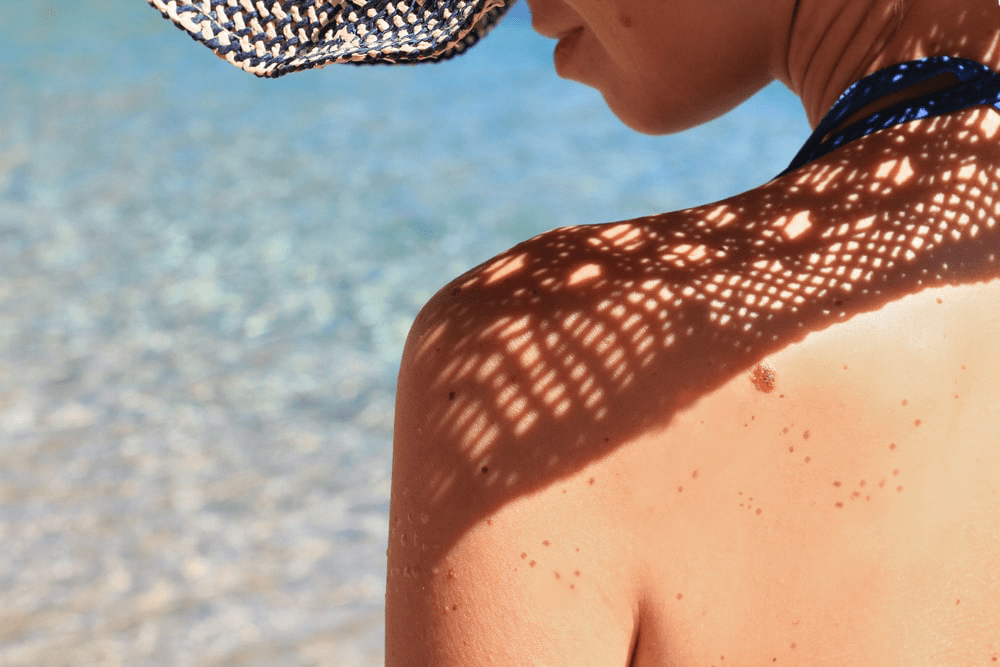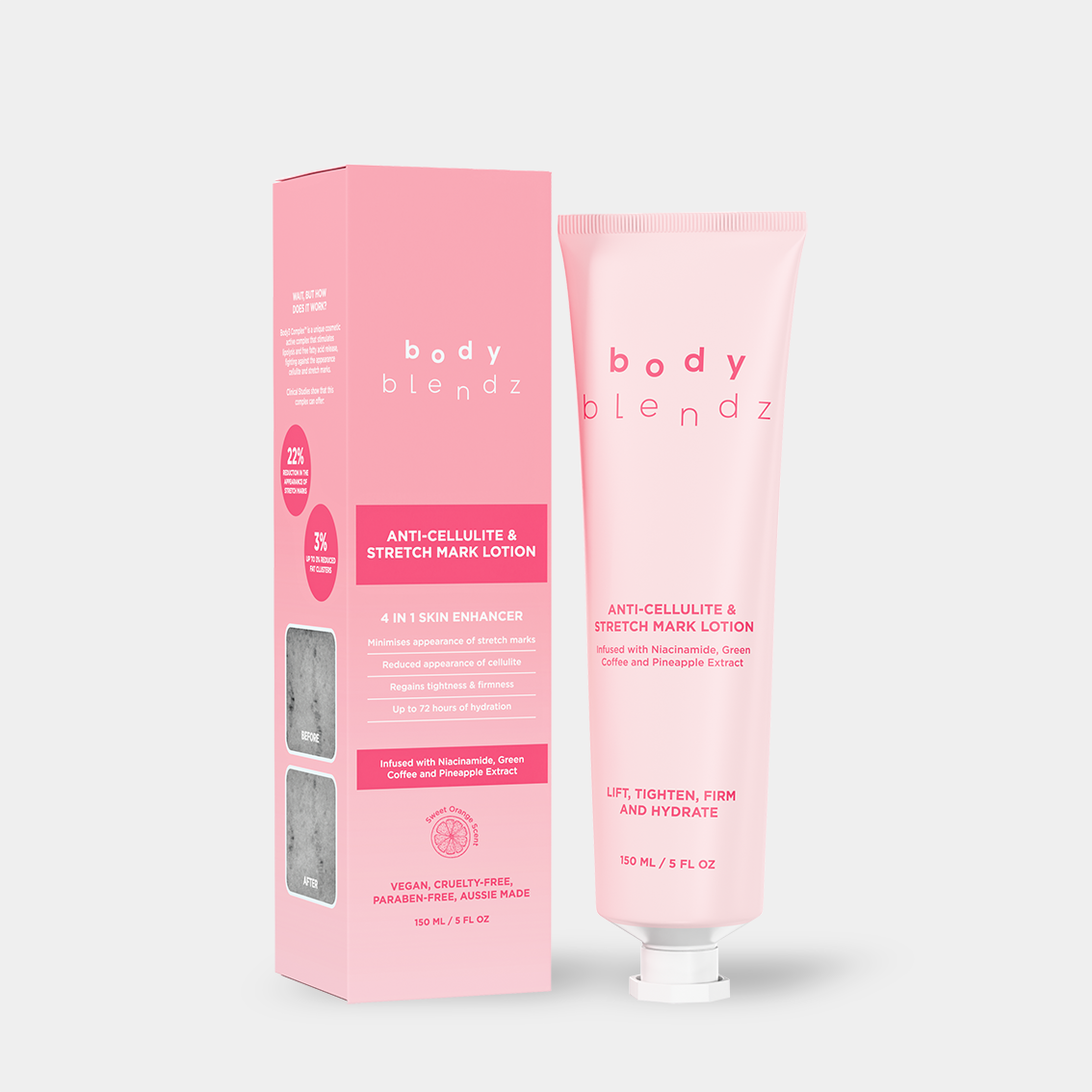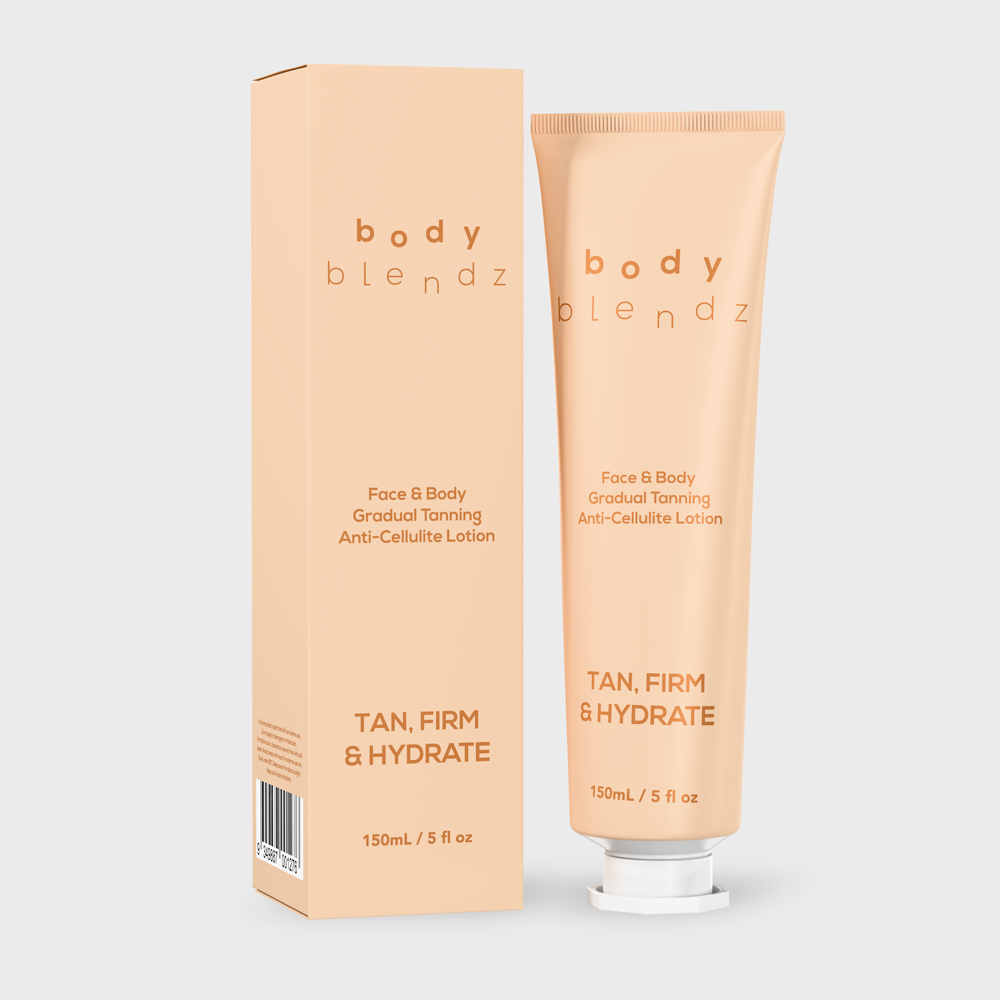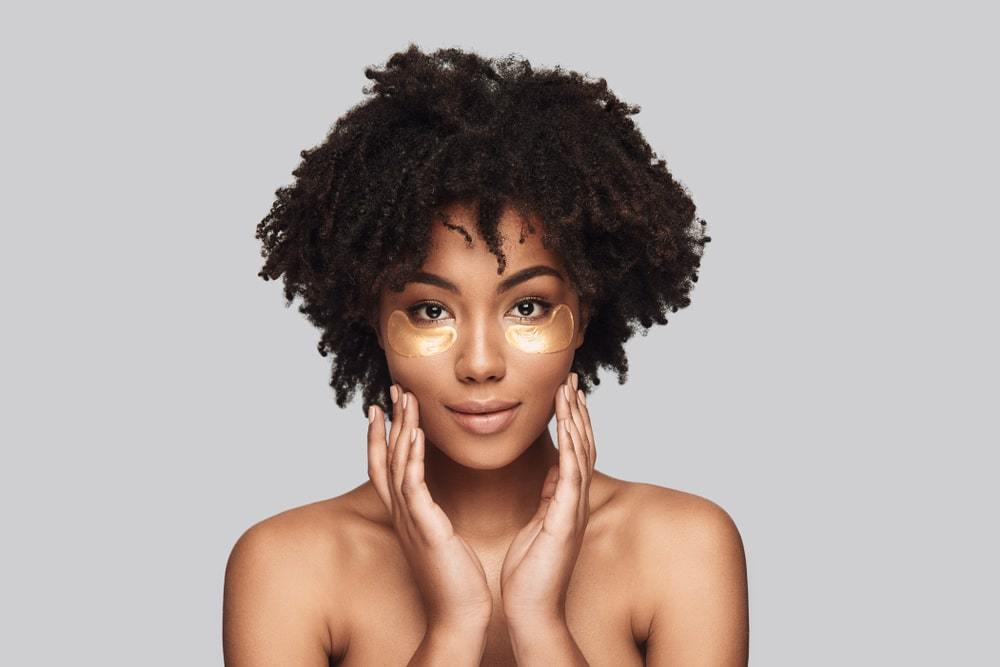Enlightening Facts About Dark Spots and Hyperpigmentation

Some people love their freckles, and some who don’t have freckles even go to salons to get semi-permanent freck tattoos. And there are people on the opposite end who want nothing more than to be rid of sunspots, freckles, melasma, and all kinds of hyperpigmentation.
What is hyperpigmentation?
Hyperpigmentation emerges from an overproduction of melanin in a targeted location on the skin. Melanin, a skin pigment, is primarily responsible for the color of the skin. Melanocytes are the melanin-producing cells of the skin and hair follicles. Too much of day to day factors such as pollution, sunlight, hormonal changes even skin breakouts can set melanocytes off to release superfluous pigments on to the skin. When melanocytes get damaged, they overproduce melanin in clusters, which become dark spots or discoloration.
What Causes Skin Discoloration?
Sun Damage
While the skin and the body need sunlight to create vitamin D, the effects of excessive exposure to ultraviolet light can be harmful.
Overexposure to the sun leads to sunspots, age spots, wrinkles, and even skin cancer. A tanned glowing complexion is coveted by many, but prolonged exposure to the sun actually speeds up the effects of the skin’s aging process. As the burned skin color fade, some parts of the skin may stay discolored. Sunspots’ appearance increase with repeated exposure coupled with hormonal changes and age.
Hormonal Imbalance
Melasma, also known as chloasma faciei, is a type of hyperpigmentation characterised by darker spots or patches that usually appear on the face of pregnant women. Melasma on pregnant women is commonly called the “pregnancy mask.” Some women notice melasma during menopause when hormones get a major shift. Interestingly, melasma can appear on everyone, men included. Melasma seems to be mostly triggered by hormonal imbalance or changes.
Post-Inflammatory Marks
Sometimes, when skin inflammation occurs, the skin condition leaves a footprint of dark spots or discoloration on the way to healing. These post-inflammation spots are often called post-acne marks. Inflammation of the skin that can leave dark spots in their wake varies and includes skin conditions like psoriasis, acne, eczema, and skin injury.

What are the Most Effective Ingredients to Combat Hyperpigmentation?
Finding ways to fade discoloration can lead to at-home treatments and clinical procedures. First, let’s see the best ingredients to lighten and even erase dark spots and patches. Remember to exfoliate the affected skin area first before applying any skin lightening products. Dead skin accumulated on the skin’s surface will prevent the full absorption and effectivity of the ingredients below. And as always, when using a new product, patch test before committing.
Vitamin C
It both helps lighten existing spots and prevent future sun spots and dark spots from appearing. Vitamin C, a rich source of antioxidants, is vital in healing discoloration by combating free-radicals and thereby allowing the skin to begin healing. Vitamin C also restricts the enzyme called tyrasinase, thereby preventing melanin production. And as if by magic, Vitamin C lightens dark spots but not the skin around it, making the skin color even. Vitamin C as a spot color corrector is especially effective at higher levels of concentration, around 12%-15%. Going beyond 20% can lead to irritation.
Kojic Acid
Kojic Acid is a naturally obtain ingredient from mushrooms. As long as it is used, it works wonders at fading hyperpigmentation from sun damage and acne scarring. Like Vitamin C, Kojic acid inhibits the skin's manufacturing capacity of the dark pigment, melanin, by blocking tyrosinase.
Hydroquinone
Arguably, the best known and most effective pigment-lightening ingredient is hydroquinone. Unfortunately, it is also known to be a harsh irritant. There are also reports of intensifying the spots pigments when used at a higher concentration for a prolonged period. Hydroquinone is available in a 2% formulation when bought over the counter. In higher concentrations, hydroquinone must be bought with a prescription. Not thrilled with chemicals? We’re not either. For a natural alternative to hydroquinone, try arbutin.
Arbutin
Arbutin is naturally derived from plants like bearberry, blueberries, and pears. As arbutin enters the body, it is broken down into glucose and hydroquinone. Thus, arbutin is known as the natural hydroquinone. Enjoy similar skin-lightening effects of over the counter and even the higher concentration forms of hydroquinone, but with none of the skin-irritating risks.
Niacinamide
Vitamin B3 or niacinamide can come as a natural-derived or synthetic substance. Niacinamide can help regulate oil production, calm down inflammation, fade age spots, and hyperpigmentation. Some irritation can occur depending on the product formulation, especially when the niacinamide carrier base is in a highly acidic formula.
Lactic acid
Lactic acid is used in skincare to loosen the glue between skin cells, effectively exfoliating dead skin cells. Lactic acid can also minimise the appearance of lines and wrinkles. And yes, lactic acid can lighten dark patches on the skin. Although lactic acid can naturally be found in milk, most products that boast lactic acid as an ingredient are synthetically derived.

Which Clinical Treatments to Seek for Dark Spots?
Intense hyperpigmentation can be treated in a skin clinic through different methods. In conjunction with at-home serums and skincare products, clinical treatments can correct over pigmented skin both at the surface of the skin and deep in the skin’s under layers.
Microdermabrasion is a common method of removing surface discoloration. It is a non-invasive, non-chemical procedure that uses micro-particles to improve the appearance of the skin. Microdermabrasion does not damage skin tissue, requiring less recovery time. Microdermabrasion is advised for mild, persistent hyperpigmentation.
Laser treatment is best for dark spots with deeper roots. It is arguably the best dark spots clinical treatment but is also the most expensive. In essence, the laser beam will create a controlled heat' injury' to the skin the laser is in contact with. The body then creates a natural response to heal the area by producing more collagen and elastin. Laser treatments, having less focused beams, may touch the surrounding unaffected skin area and lead to irritations. An expert laser technician/clinician is a must.
Micro-needling. Similar to laser treatments, micro-needling works by delivering micro-injuries to the skin, which triggers the body’s natural inclination to start the healing process. As the healing process continues, micro-needling will reduce fine lines and wrinkles along with dark spots and patches. Patients with scars have reportedly noticed the scars to be less visible after micro-needling.

Prevention, as they say, is better than cure. And we couldn’t agree more. Exfoliate regularly to remove dull and discolored skin cells off the surface of the skin. Always apply sunscreen SPF 30 or higher, especially when going for a prolonged period under the sun. Knowledge about hormonal changes and imbalances can help avoid or have just a spattering of discoloration, which then will be easier to deal with. Load up on antioxidants through diet and skincare products to help combat the effects of free radicals and excessive, harmful UVA/UVB and heal up damaged skin.
![]()
The Complete Kit |
Flake Away Fake Tan Remover Scrub |












